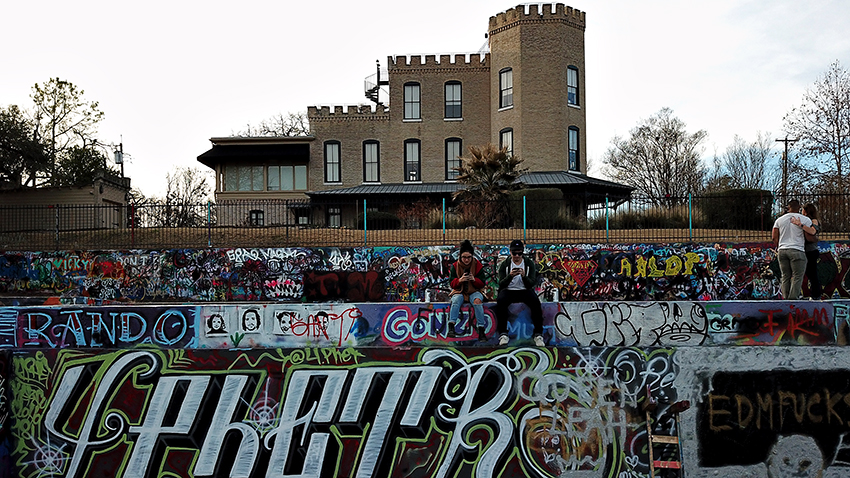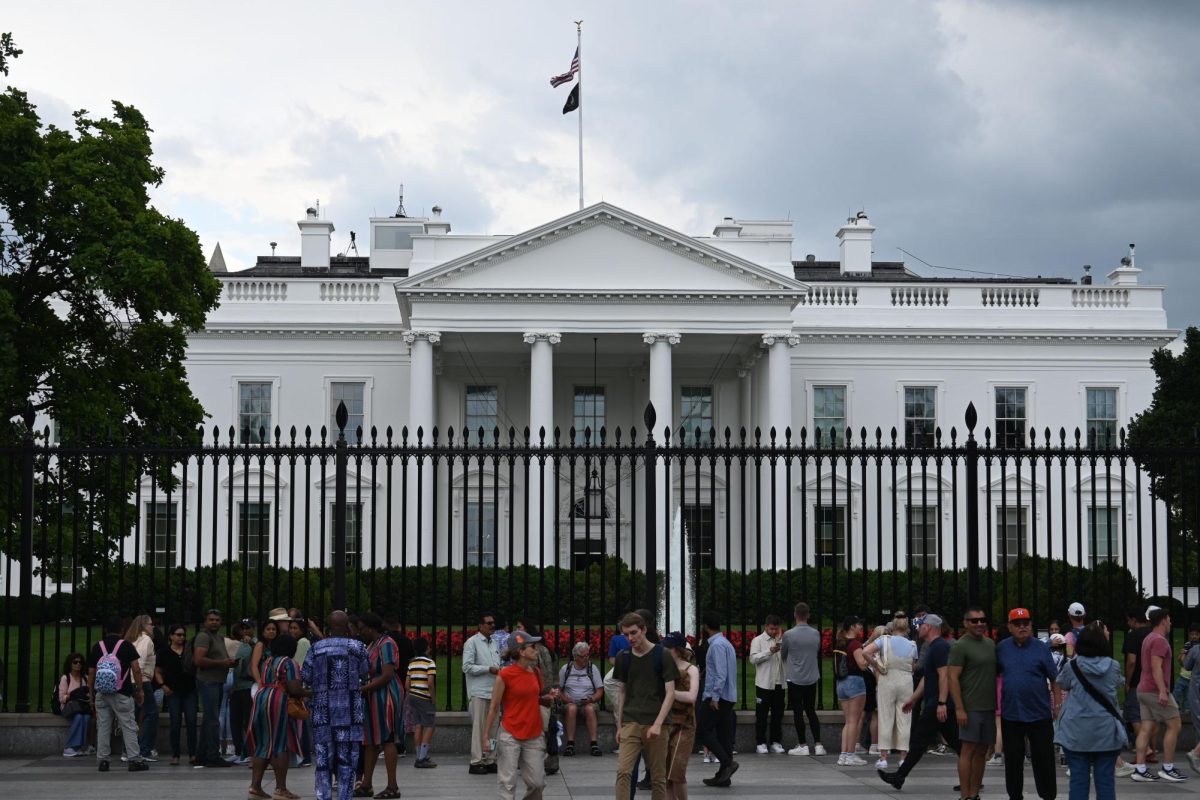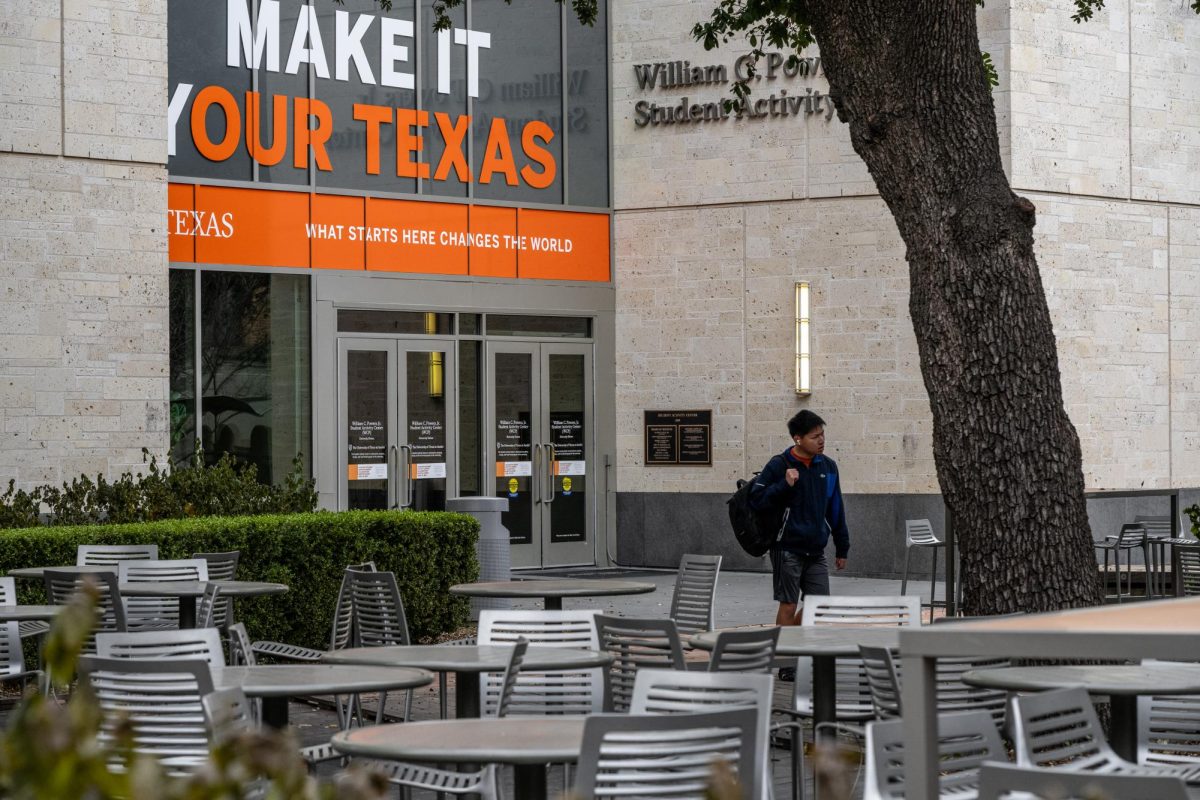Students only have a little time left to admire the artwork, take a selfie or paint the walls at Graffiti Park. On Monday evening, Austin’s Historic Landmark Commission unanimously approved the demolition of the 7-year-old park — officially known as the HOPE Outdoor Gallery — in order to prepare for its permanent relocation to East Austin.
In its place, a residential housing development will begin construction this June, as previously reported by The Daily Texan.
Historic preservation officer Steve Sadowsky said the decision was made after no one showed up for the public hearing portion of the meeting.
“We were just putting it on the agenda, and anybody who wanted to address the commission about it would do so,” Sadowsky said. “The commission was most likely going to vote to not zone it historic, but at least people had the opportunity.”
The demolition is part of a plan to reopen the gallery in a bigger space at the 58-acre Carson Creek Ranch, near the Austin-Bergstrom International Airport.
The current gallery averages about 500 visitors per day and has provided jobs for local artists and vendors, according to a press release from HOPE Outdoor Gallery. Nayzak Najm, an international relations sophomore, said the current space has become a staple, not just for the city of Austin but for UT as well.
“I’m sure that most of the artists that go there are UT students and artists in the area,” said Najm. “When people come to visit UT, it’s really close by them, so they’d go there. I feel like if it’s 20 minutes away, they won’t make the effort to make the drive.”
On the last day Najm visited the park, it was overcast and few visitors filled the usually busy outdoor art space. The weather didn’t empty the park, however, and Najm watched an artist spray geometric patterns onto a concrete wall.
“I always love seeing all the new artwork, especially watching super good people draw — that’s, like, my favorite part,” Najm said.
Former student Emily Ding said she likes that the current park allows the community to paint freely but said that can also pose a problem.
“It’s a good and bad thing,” Ding said. “A good thing because it is very ephemeral and fleeting and everyone can paint there. That’s part of the magic there, but it’s also a bad thing because … anywhere from ten minutes to a week later, (artworks) will get covered.”
Ding, who left the University last year to pursue art and mural painting, did her first ever mural at the park and has been painting ever since. She is optimistic that the new park will provide a more regulated space for artists and visitors alike.
“It’s really bittersweet for sure,” Ding said. “I have so many memories there — it’s basically my birthplace, being a muralist. But the new place, I’m pretty excited for it.”





















